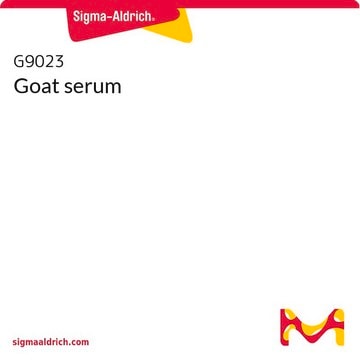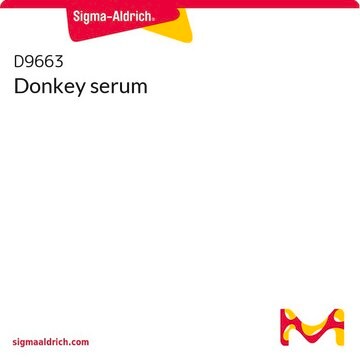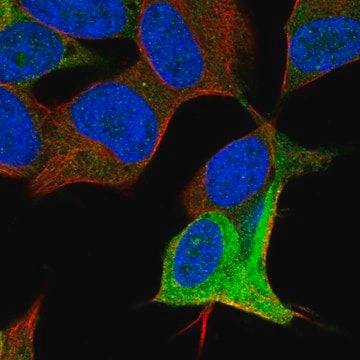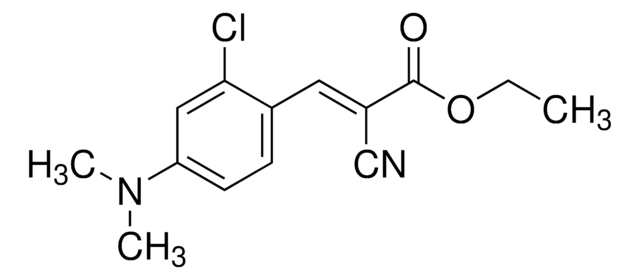112372
Ethyl cinnamate
99%
Sinónimos:
3-Phenyl-2-propenoic acid ethyl ester, Ethyl 3-phenyl-2-propenoate, NSC 6773
About This Item
Productos recomendados
Nivel de calidad
Ensayo
99%
impurezas
may contain alpha-tocopherol (synthetic)
índice de refracción
n20/D 1.558 (lit.)
bp
271 °C (lit.)
mp
6-8 °C (lit.)
densidad
1.049 g/mL at 20 °C (lit.)
temp. de almacenamiento
2-8°C
cadena SMILES
CCOC(=O)\C=C\c1ccccc1
InChI
1S/C11H12O2/c1-2-13-11(12)9-8-10-6-4-3-5-7-10/h3-9H,2H2,1H3/b9-8+
Clave InChI
KBEBGUQPQBELIU-CMDGGOBGSA-N
¿Está buscando productos similares? Visita Guía de comparación de productos
Aplicación
- Antimicrobial and antiproliferative effects: Essential oils including Ethyl cinnamate derived from Zingiberaceae family show promising antimicrobial and antiproliferative properties, suggesting their potential application in oral healthcare products. This study provides insight into the utilization of natural products for medical and pharmaceutical applications (Amil et al., 2024).
- Biodistribution and cellular interactions in medical research: Ethyl cinnamate could be investigated for its role in enhancing the permeability and imaging contrast in studies like those investigating the biodistribution of intravenously delivered mesenchymal stromal cells. Such applications could improve understanding in cellular therapies and regenerative medicine (Pichardo et al., 2022).
Acciones bioquímicas o fisiológicas
Código de clase de almacenamiento
10 - Combustible liquids
Clase de riesgo para el agua (WGK)
WGK 1
Punto de inflamabilidad (°F)
Not applicable
Punto de inflamabilidad (°C)
Not applicable
Equipo de protección personal
Eyeshields, Gloves, multi-purpose combination respirator cartridge (US)
Elija entre una de las versiones más recientes:
¿Ya tiene este producto?
Encuentre la documentación para los productos que ha comprado recientemente en la Biblioteca de documentos.
Los clientes también vieron
Nuestro equipo de científicos tiene experiencia en todas las áreas de investigación: Ciencias de la vida, Ciencia de los materiales, Síntesis química, Cromatografía, Analítica y muchas otras.
Póngase en contacto con el Servicio técnico








